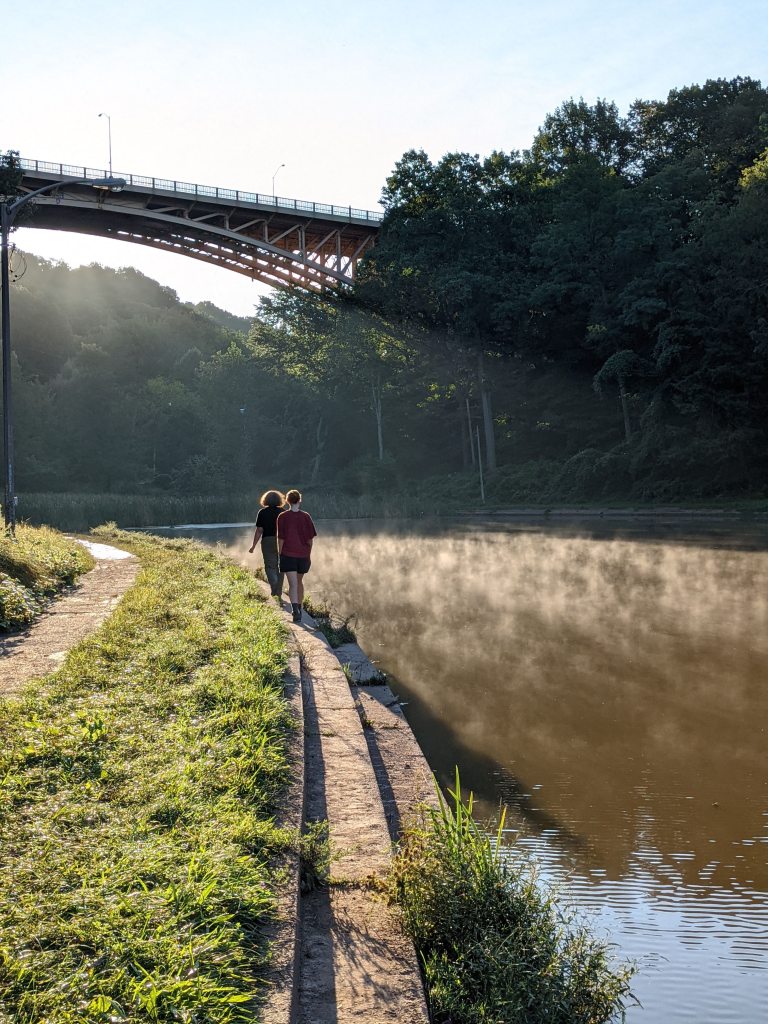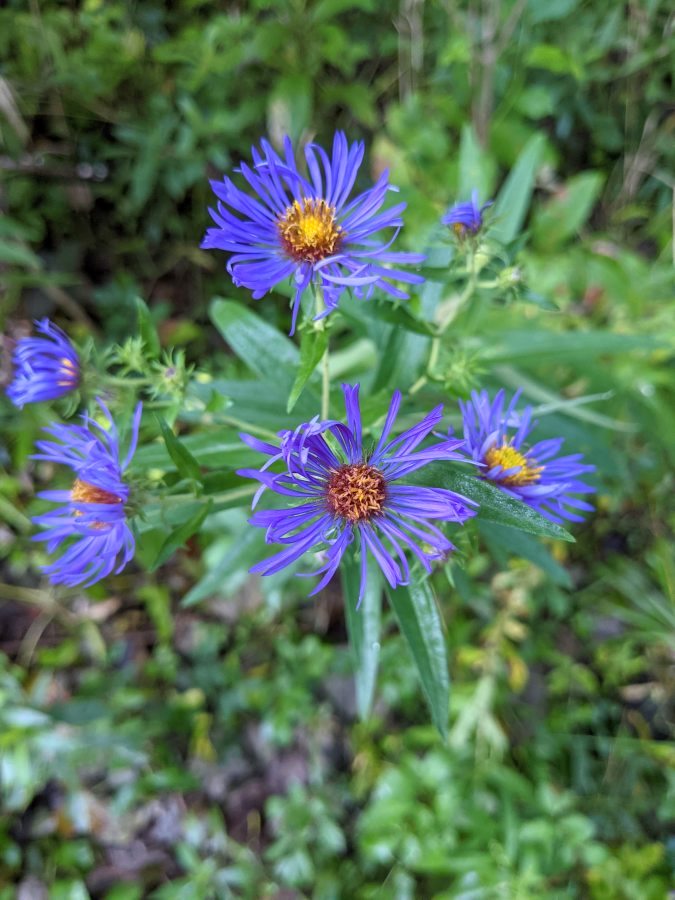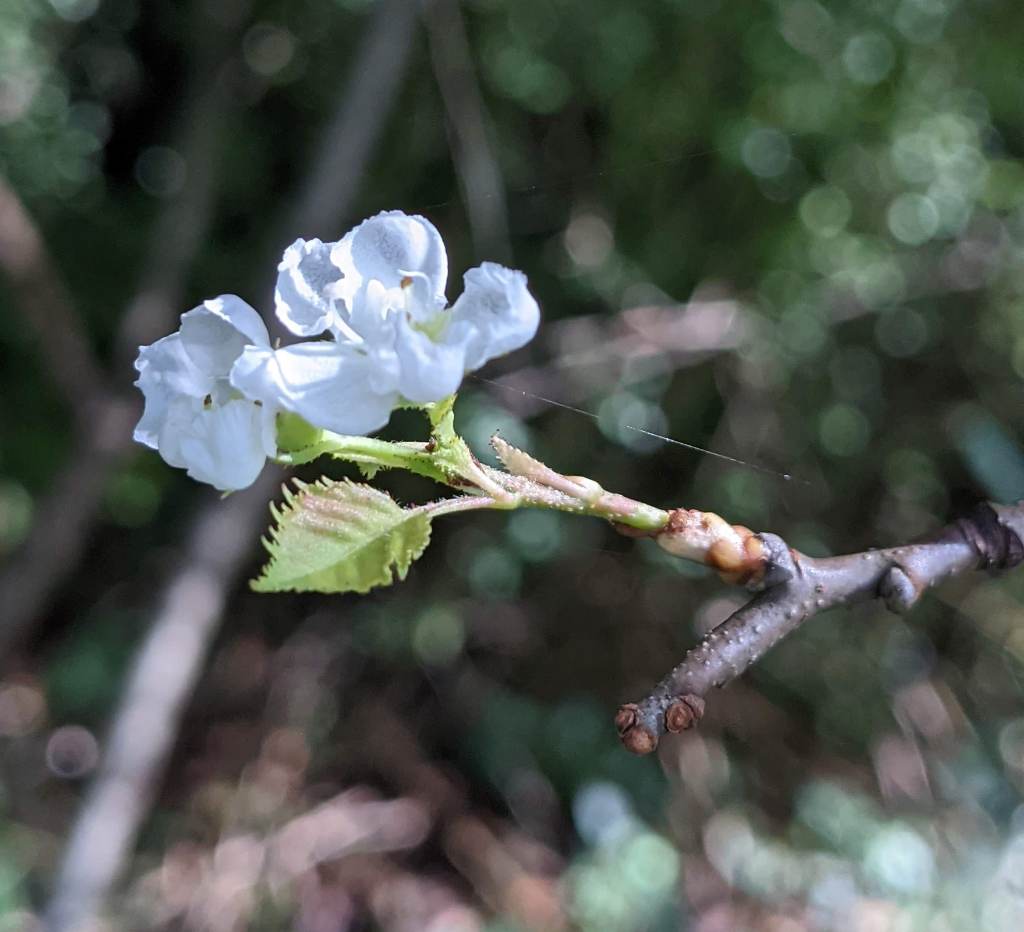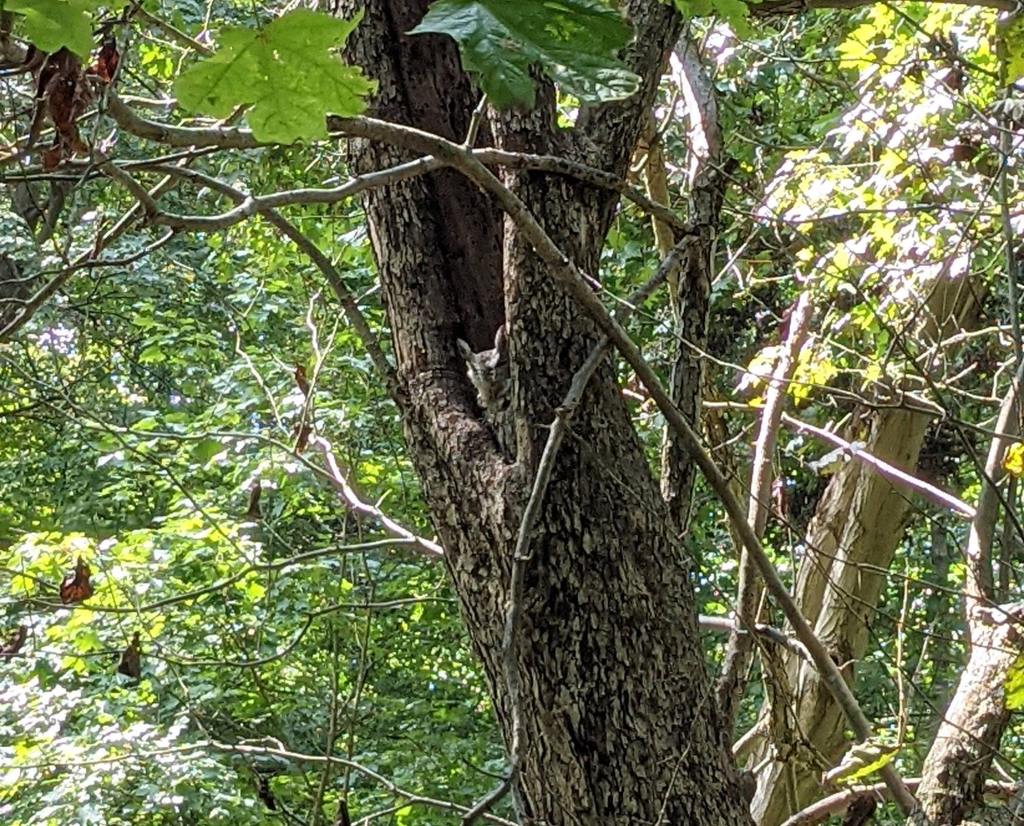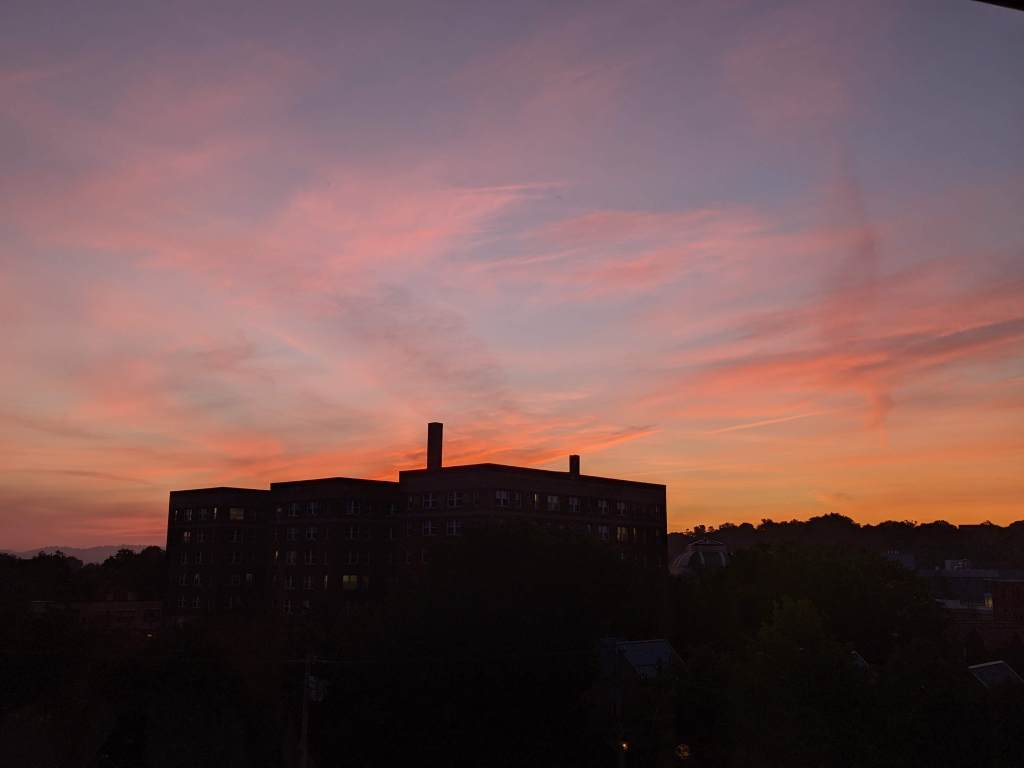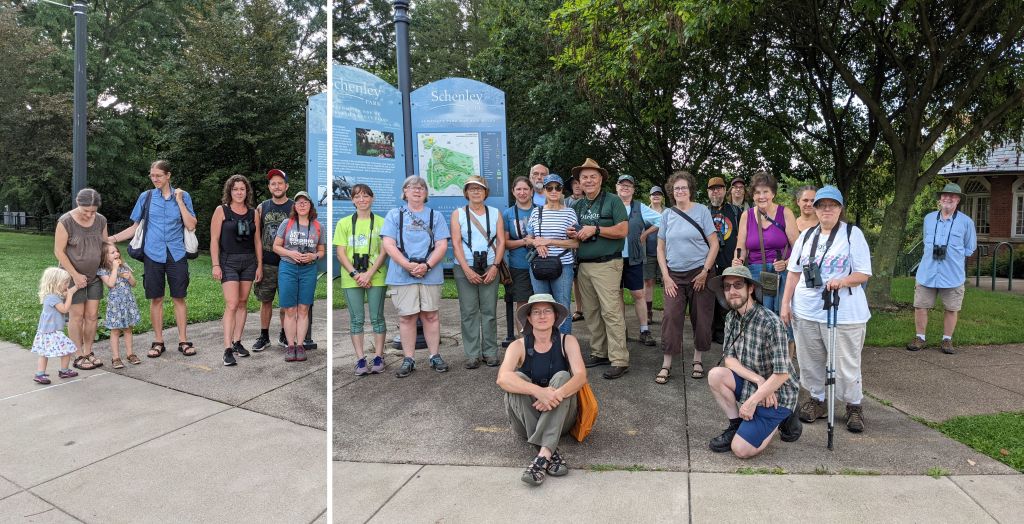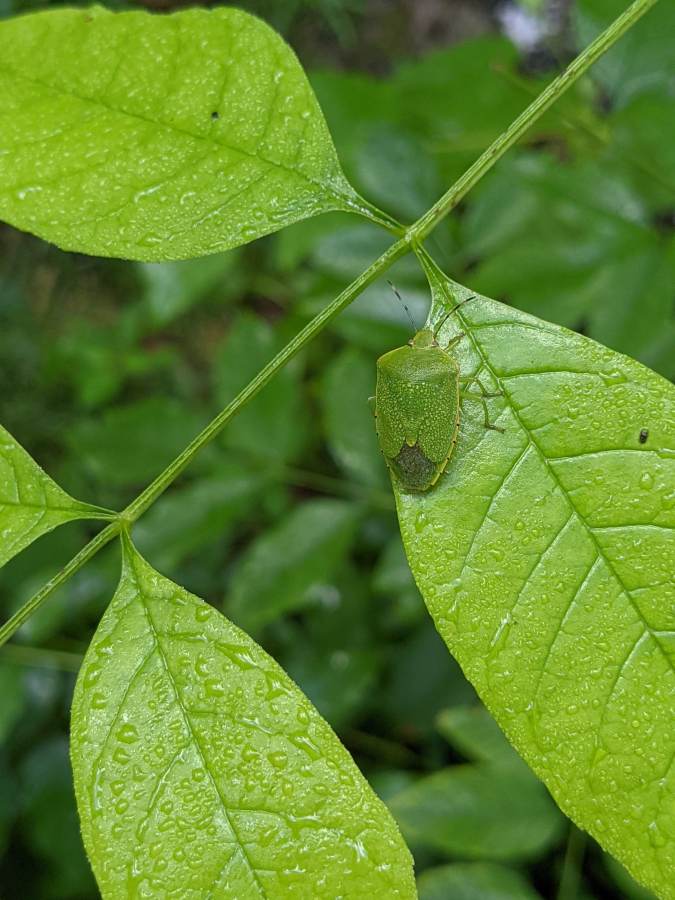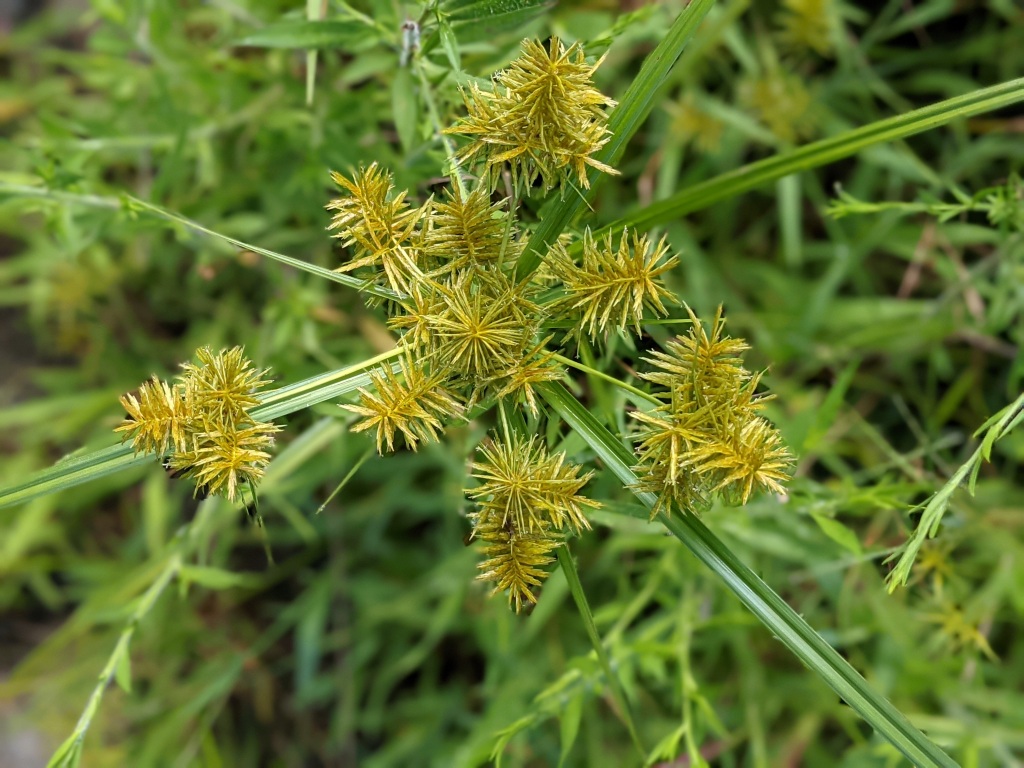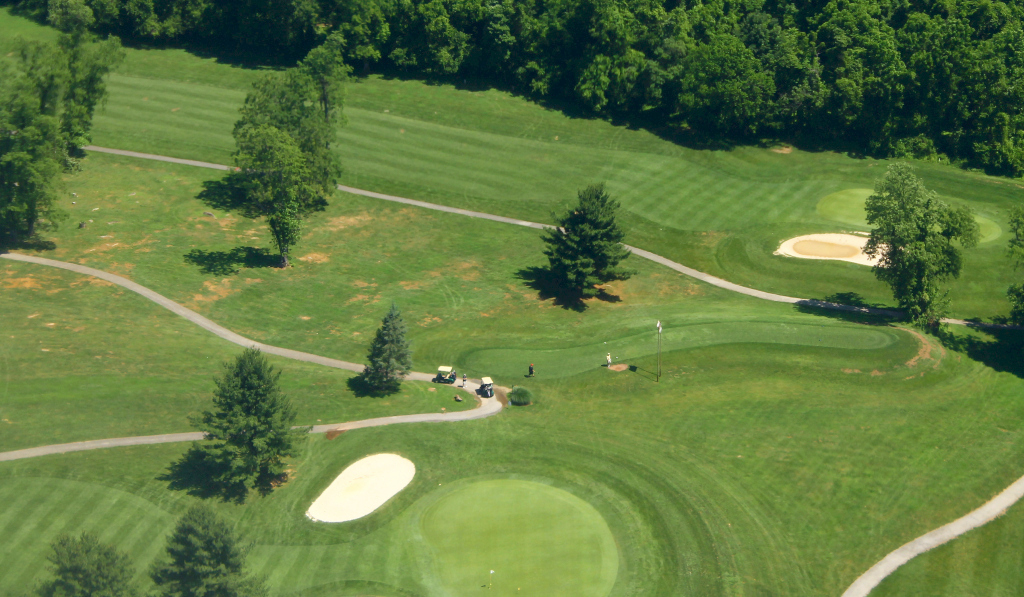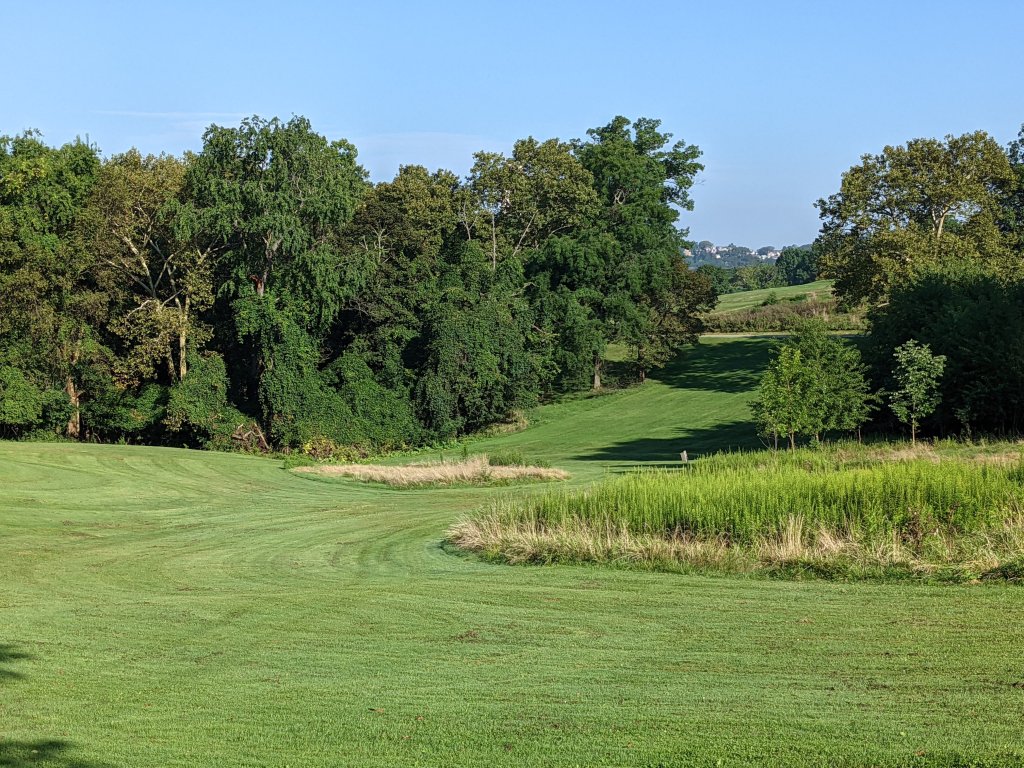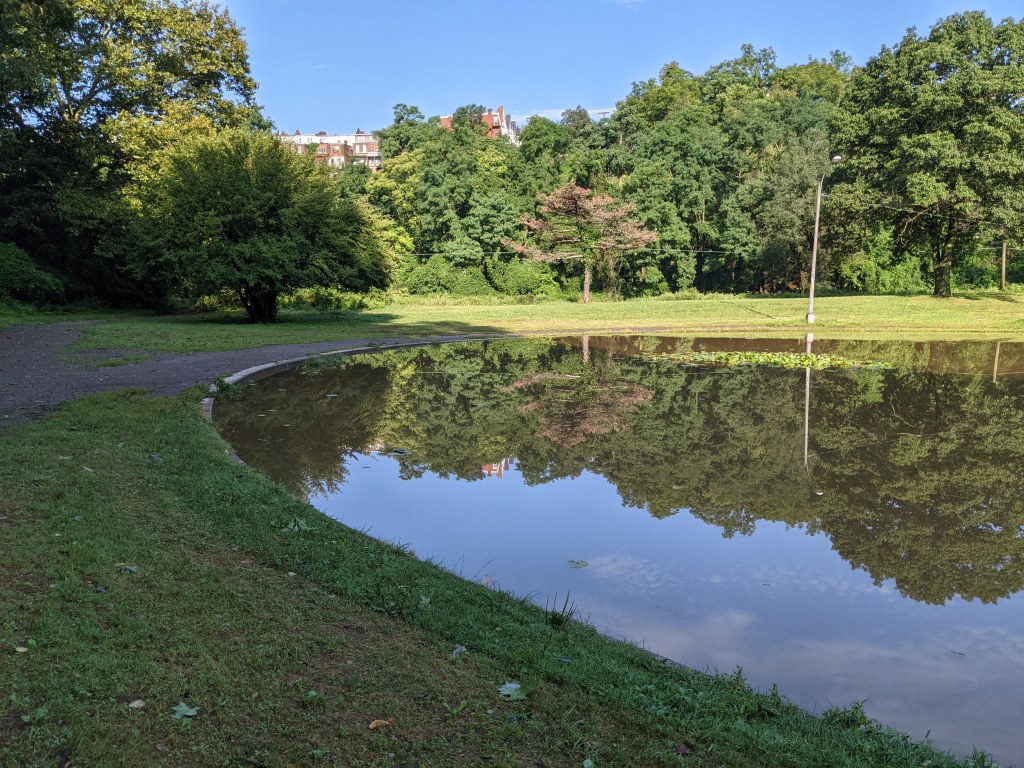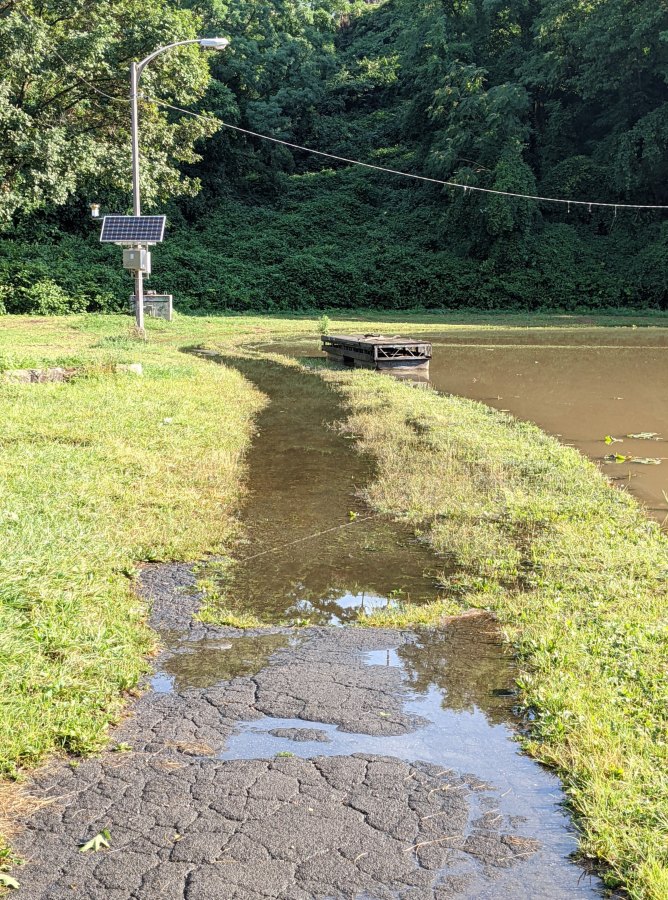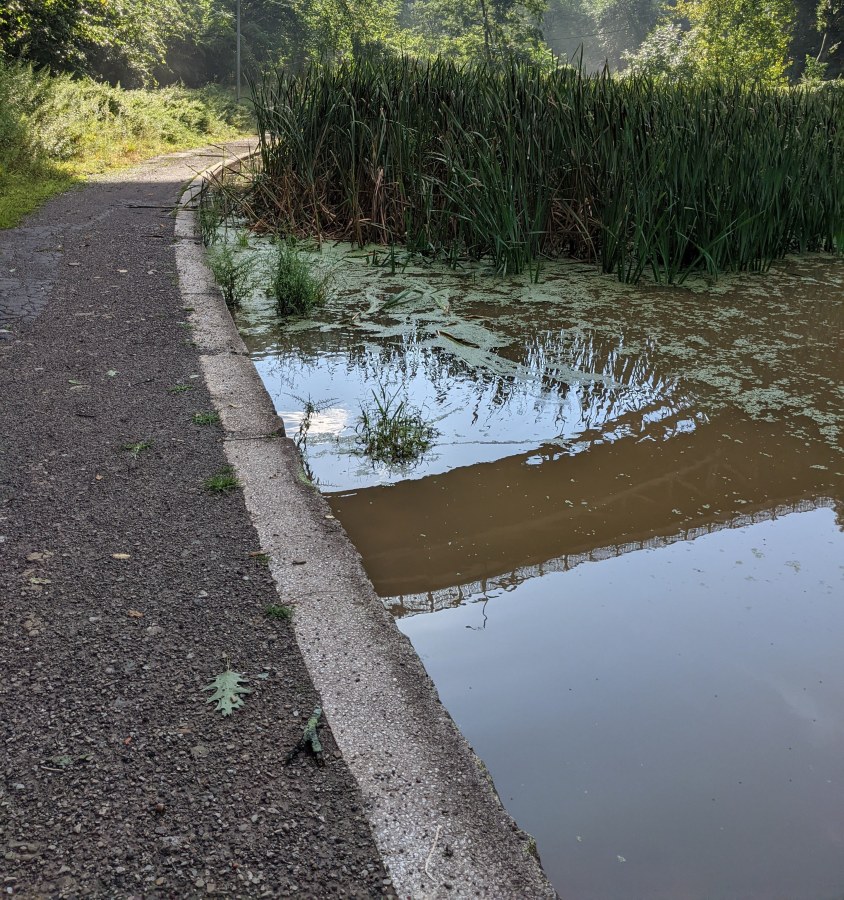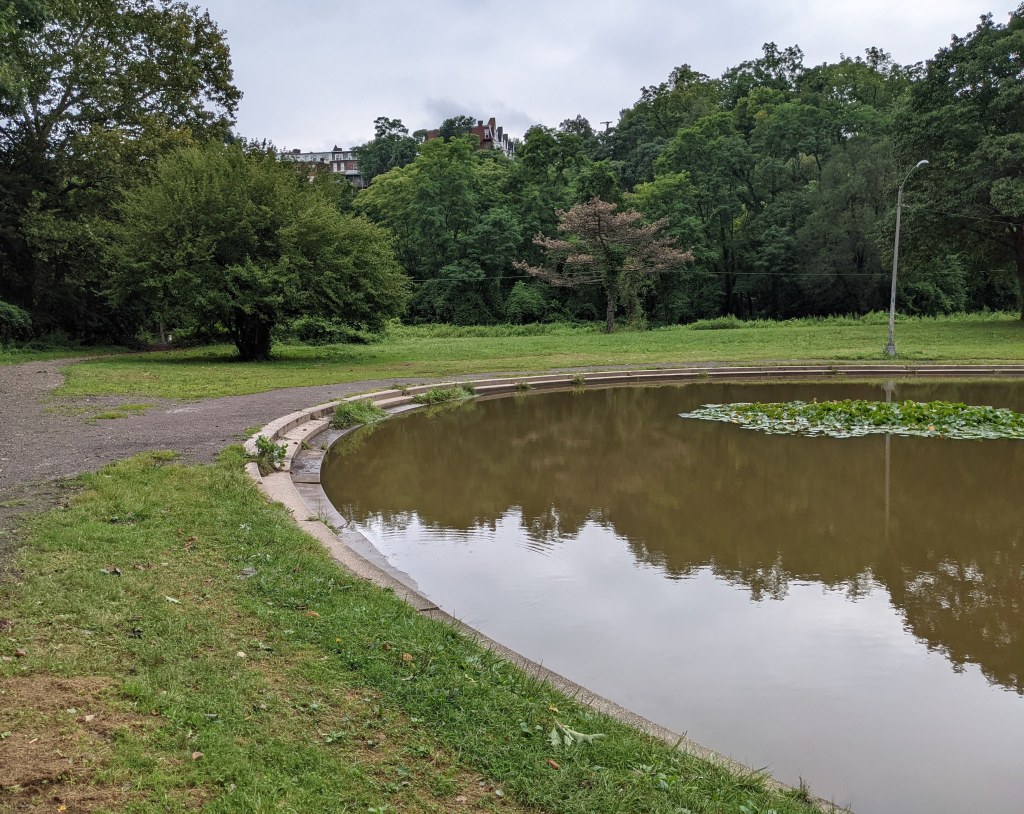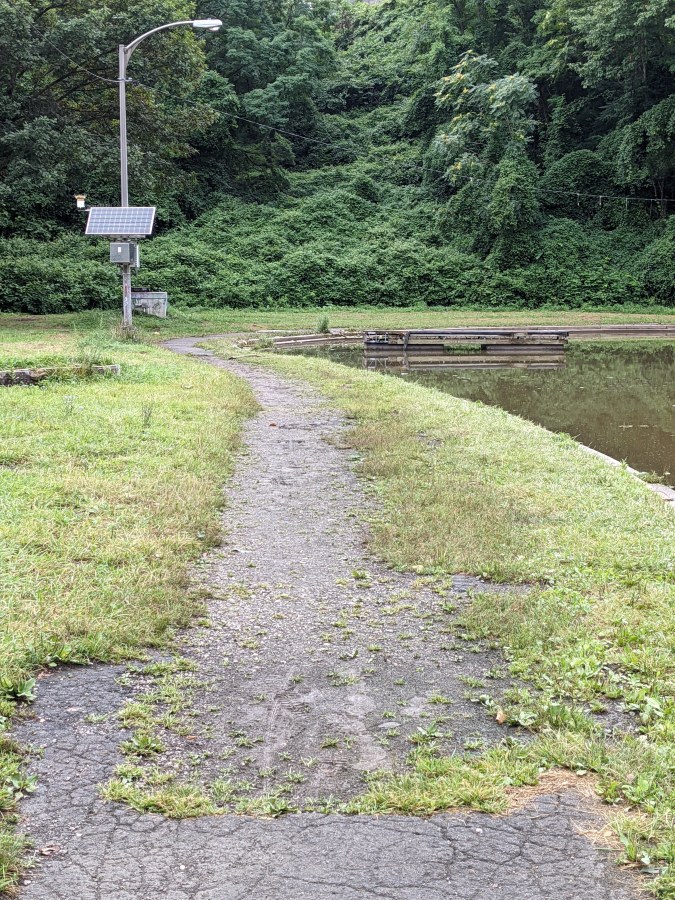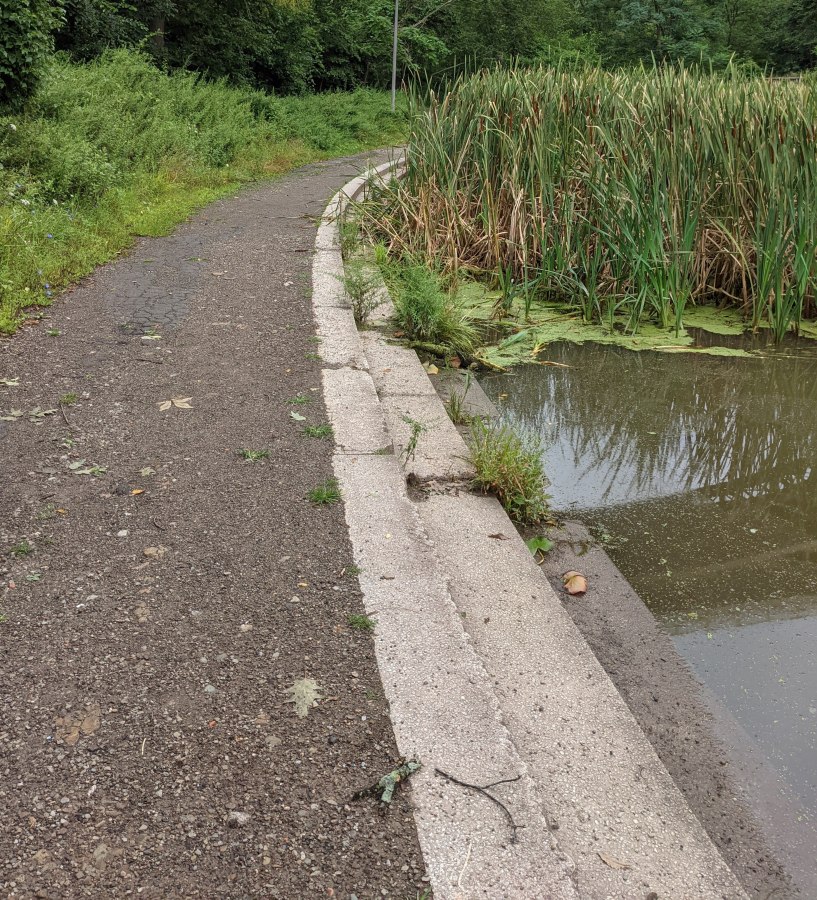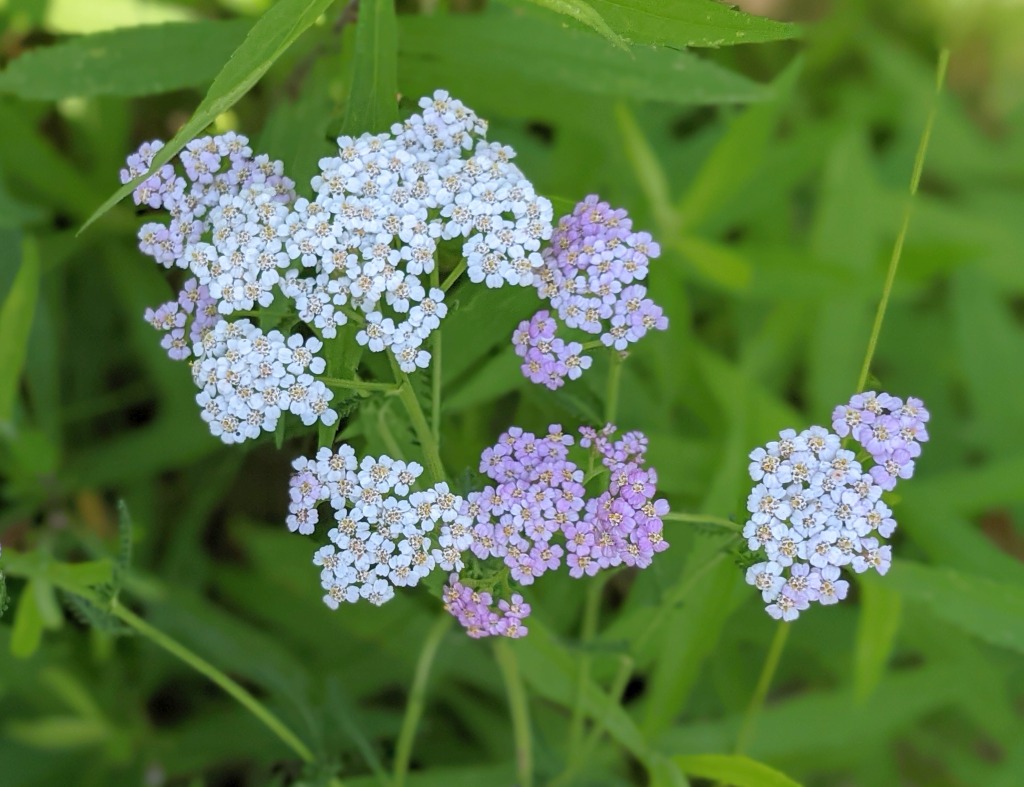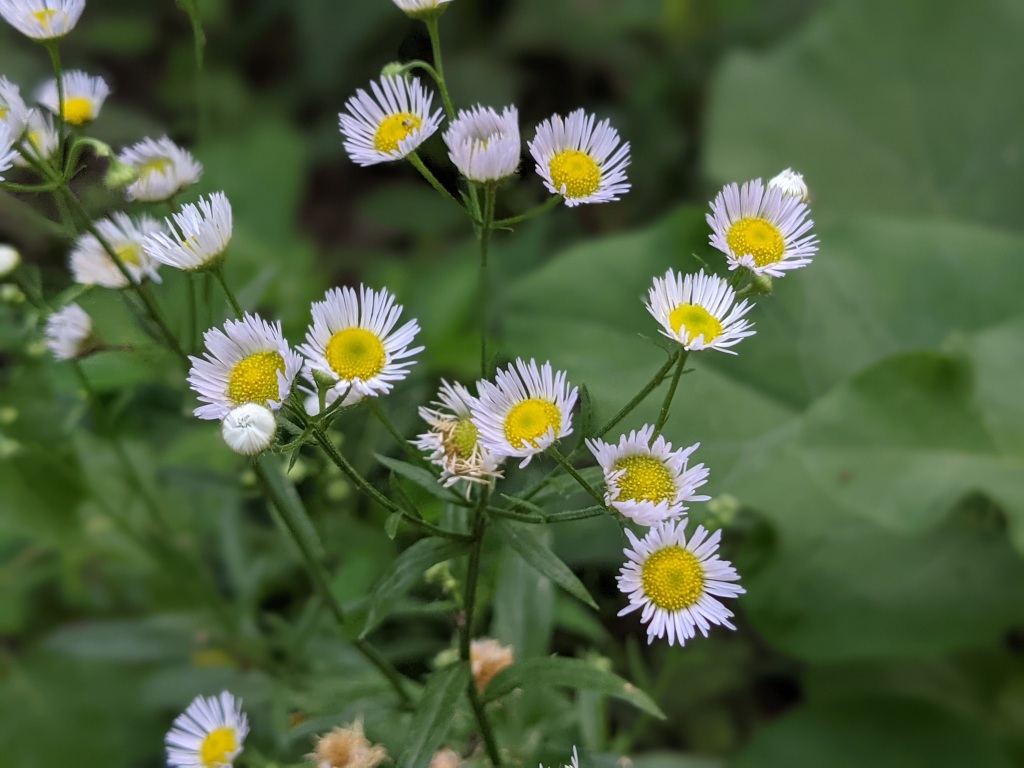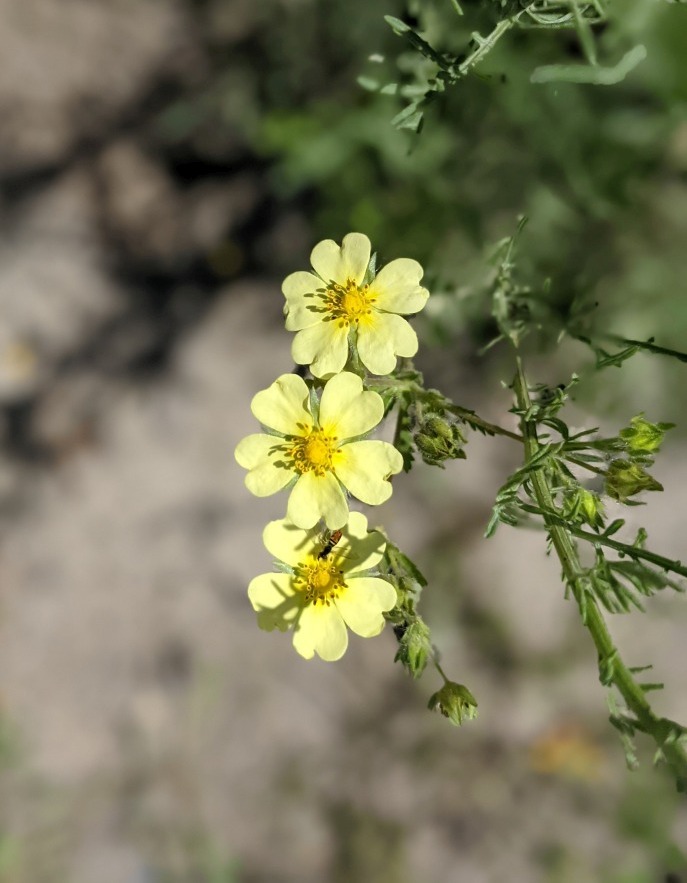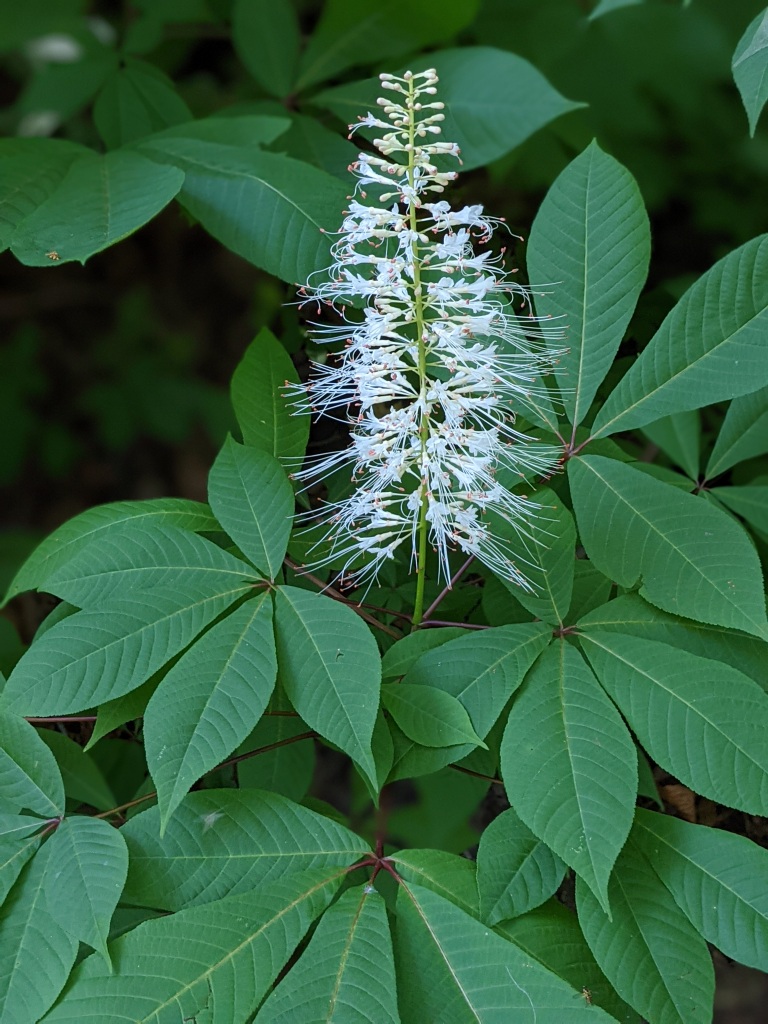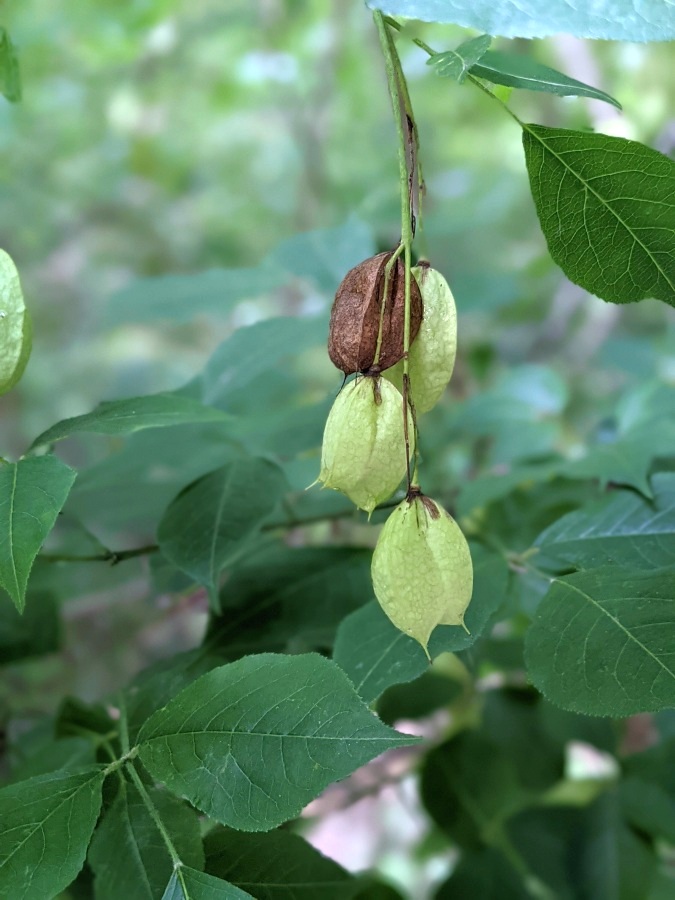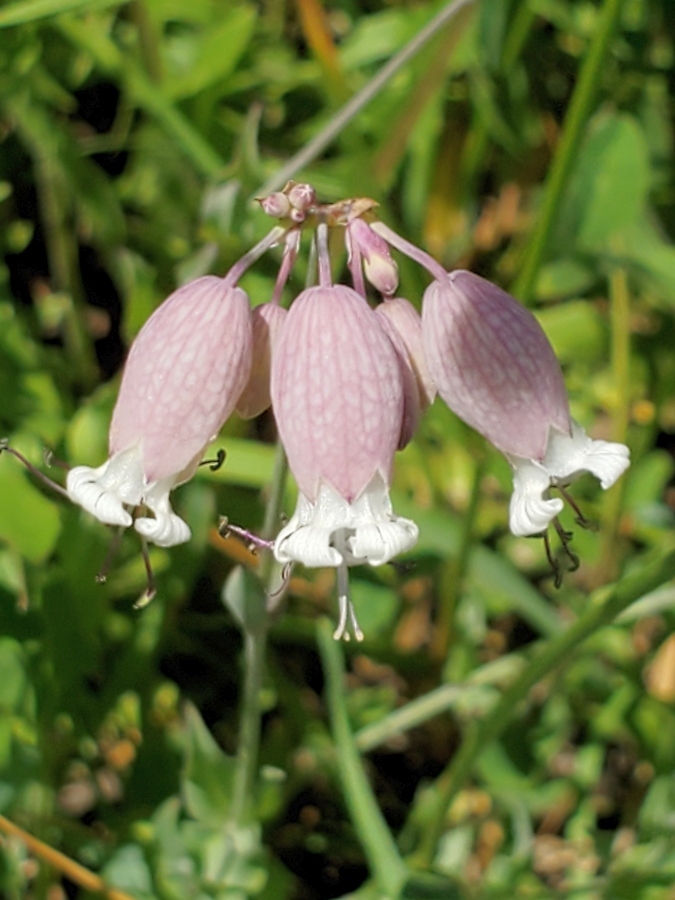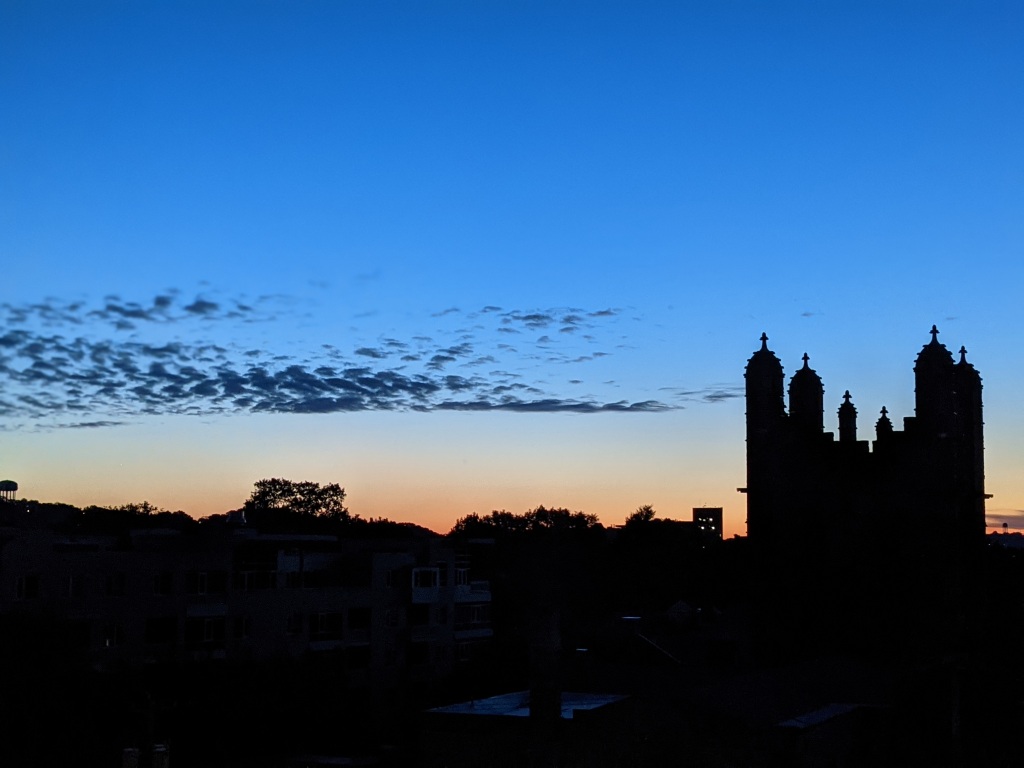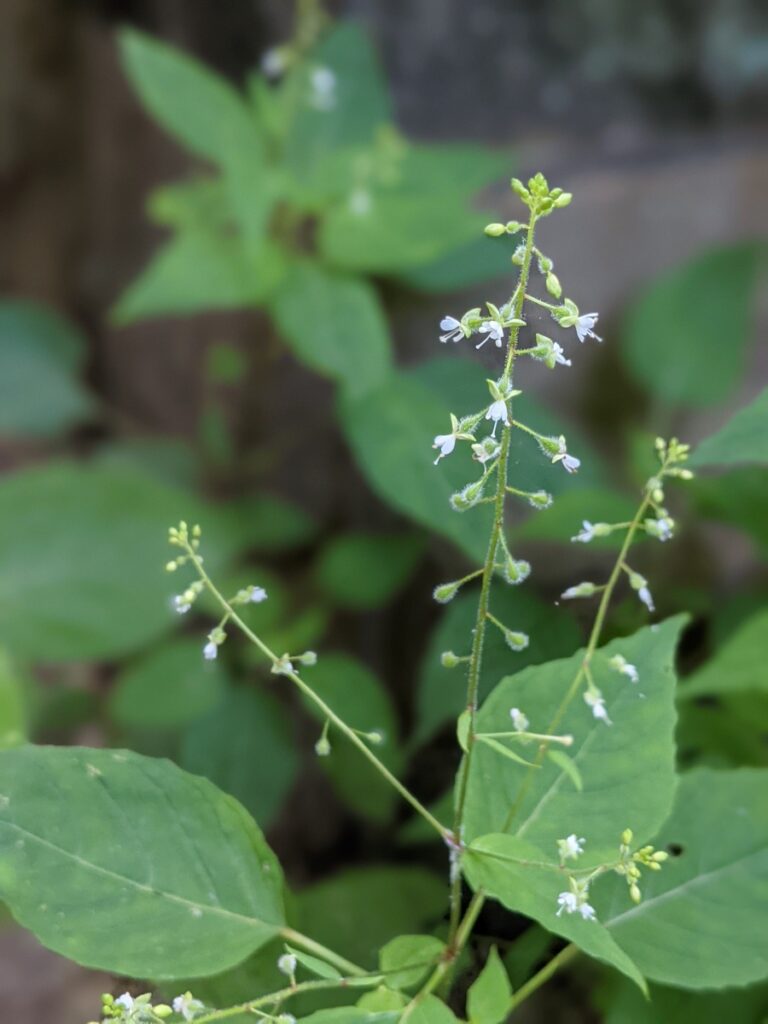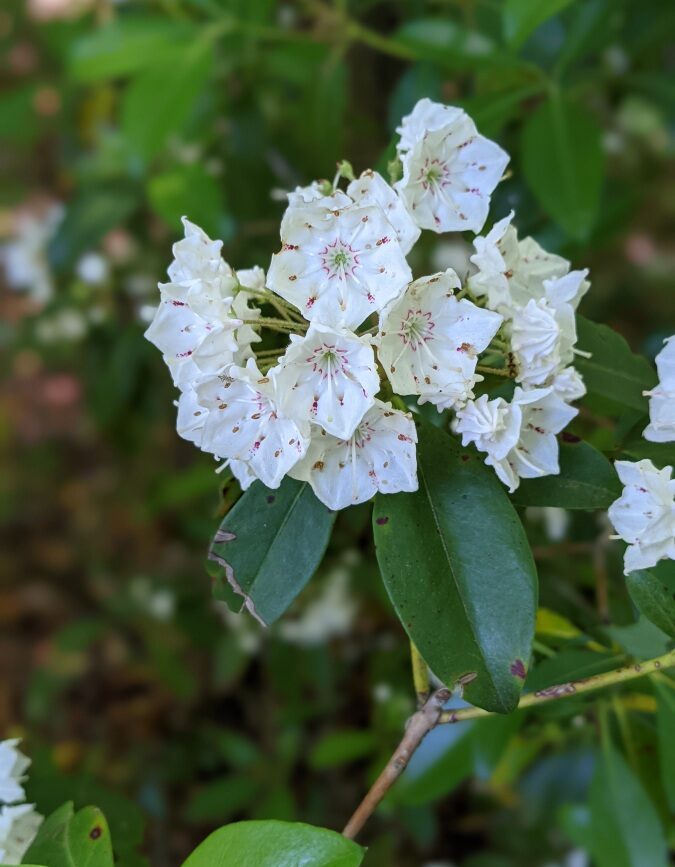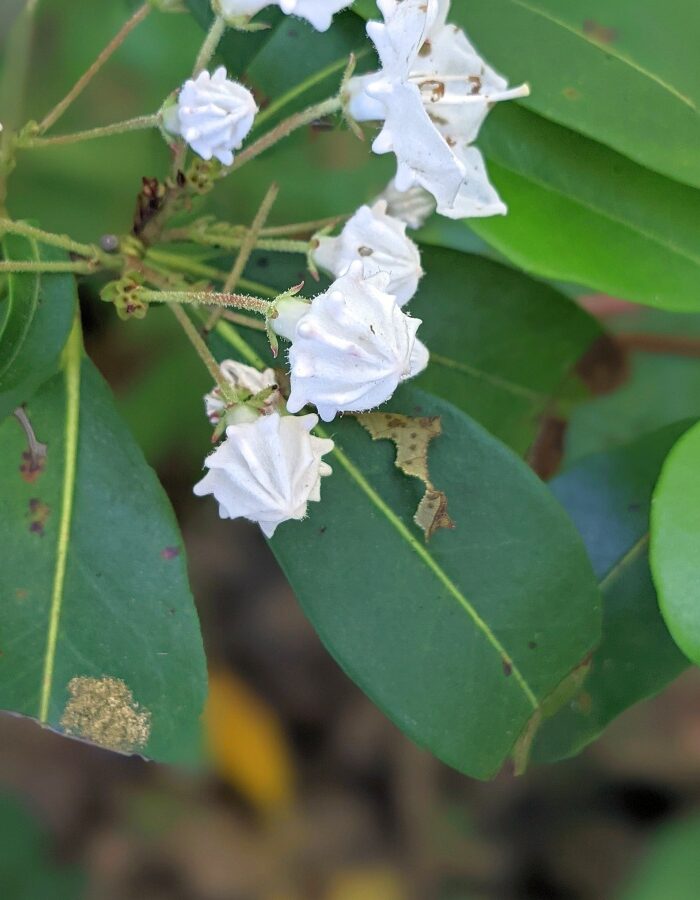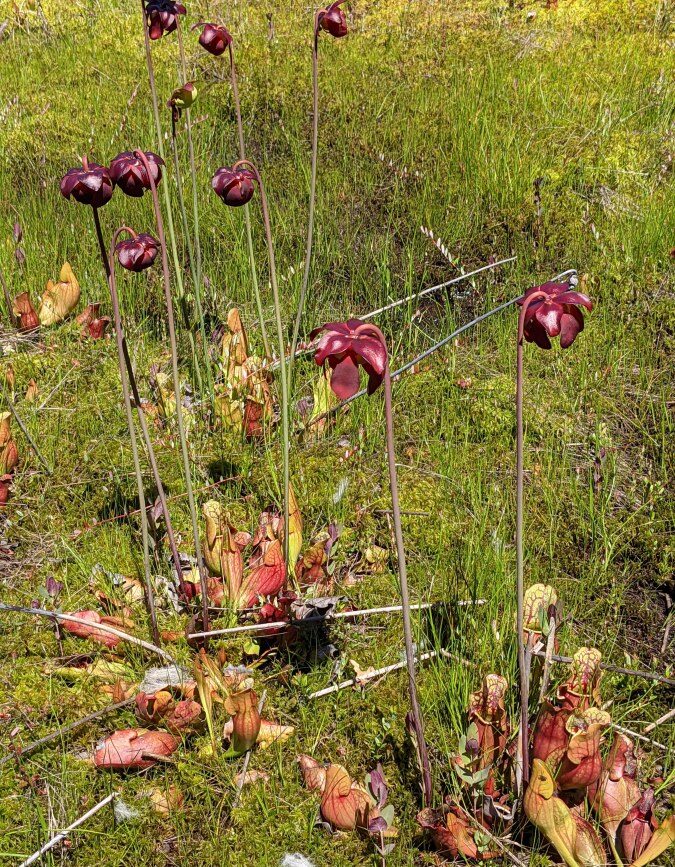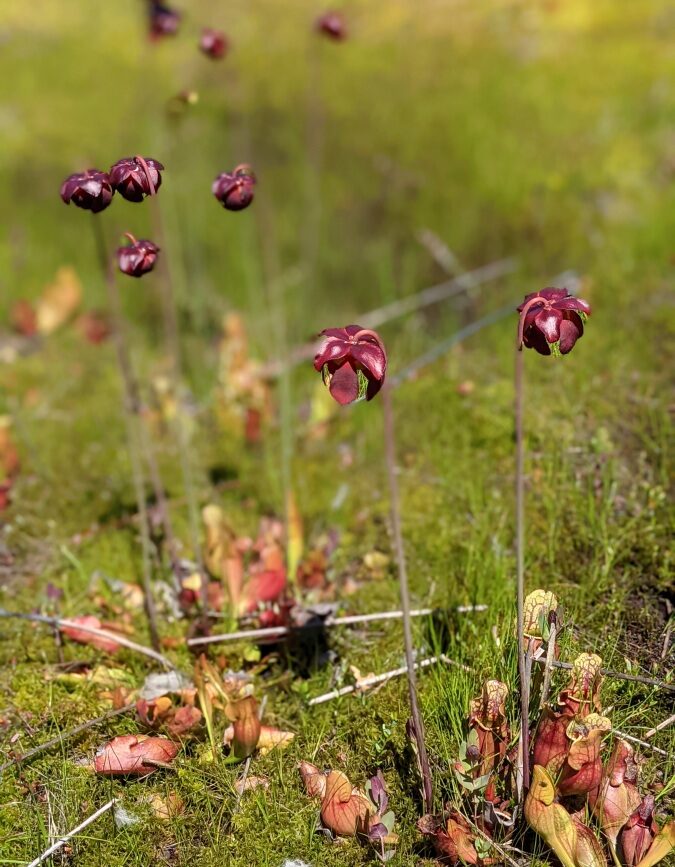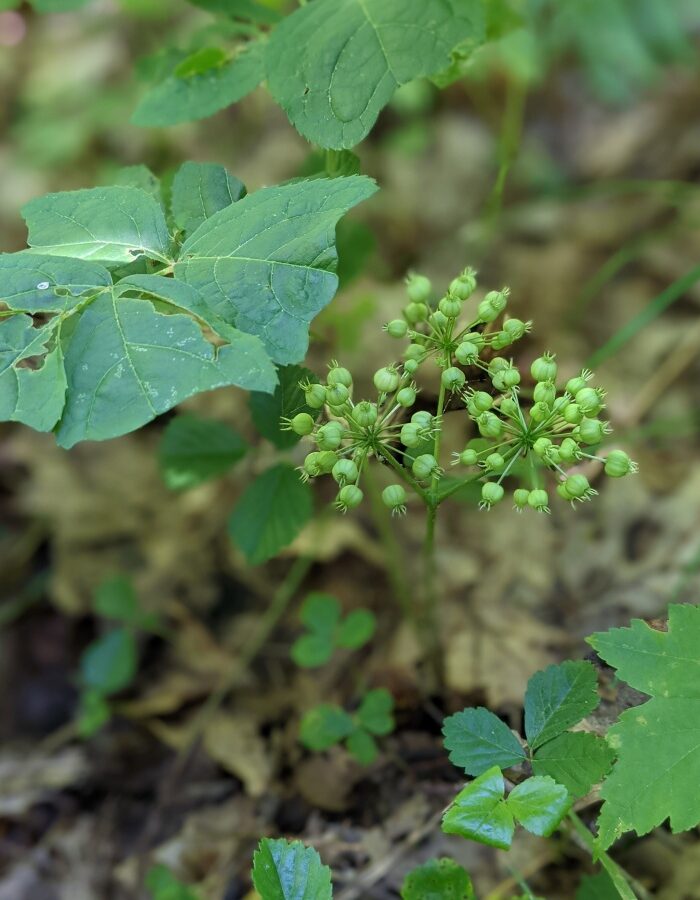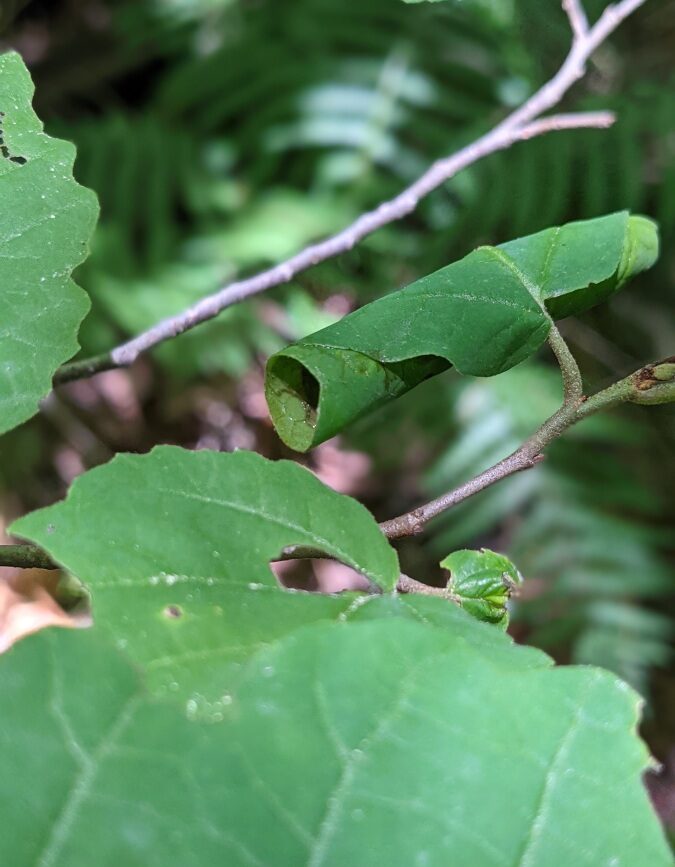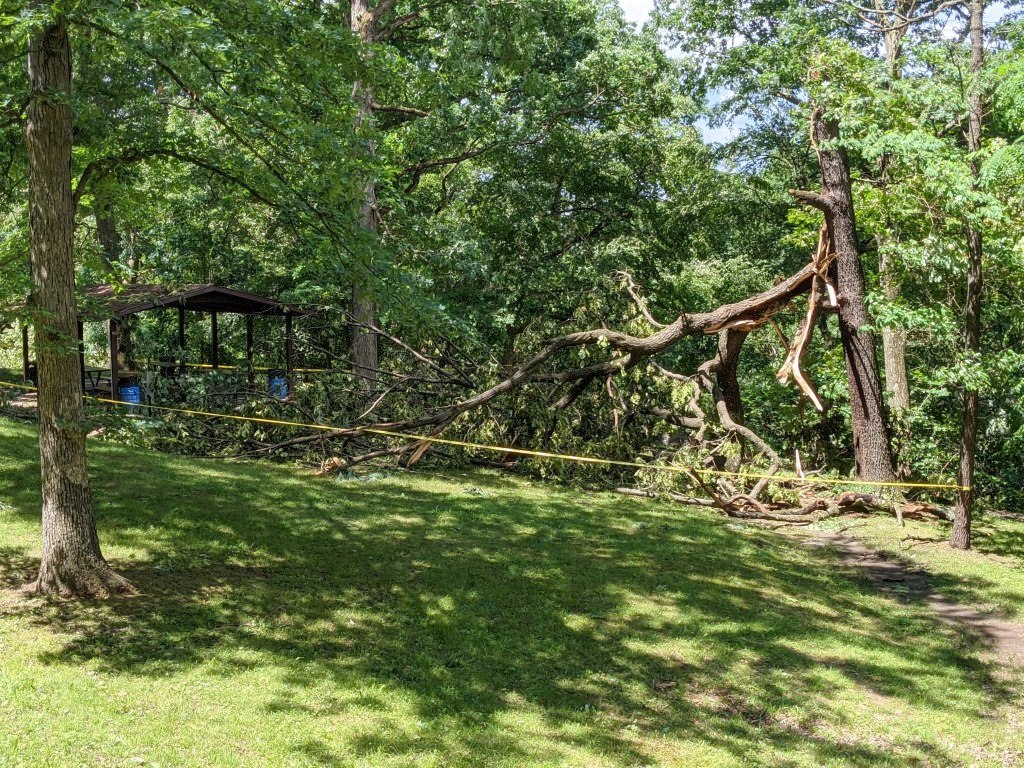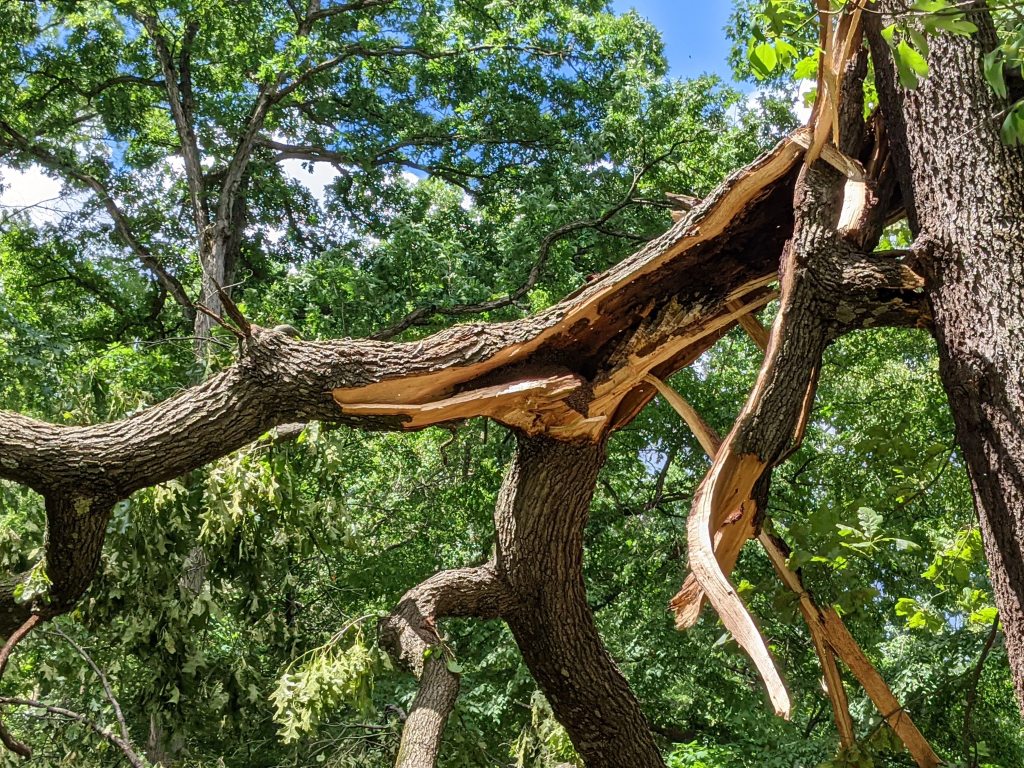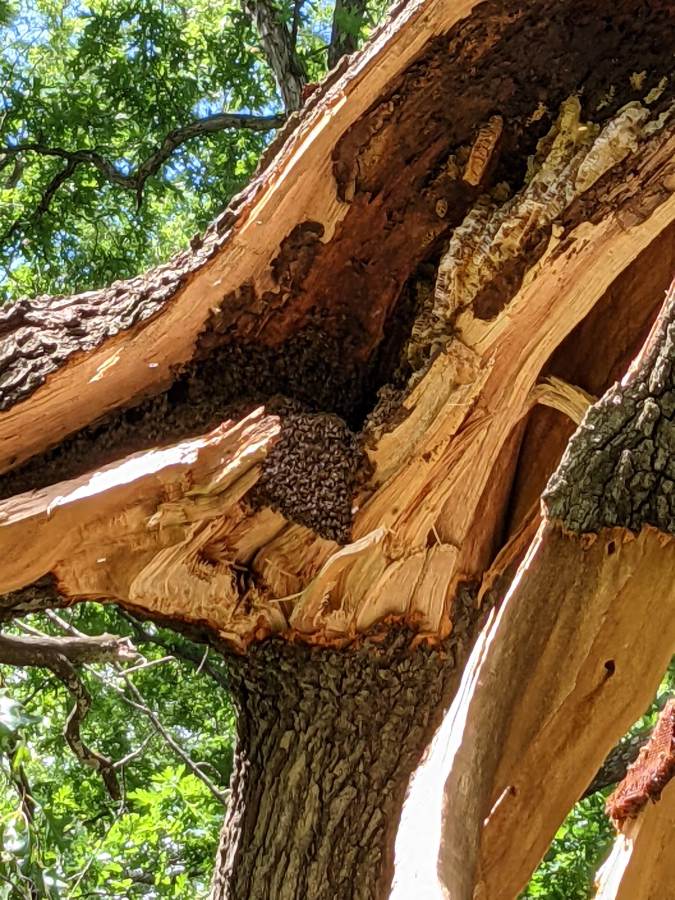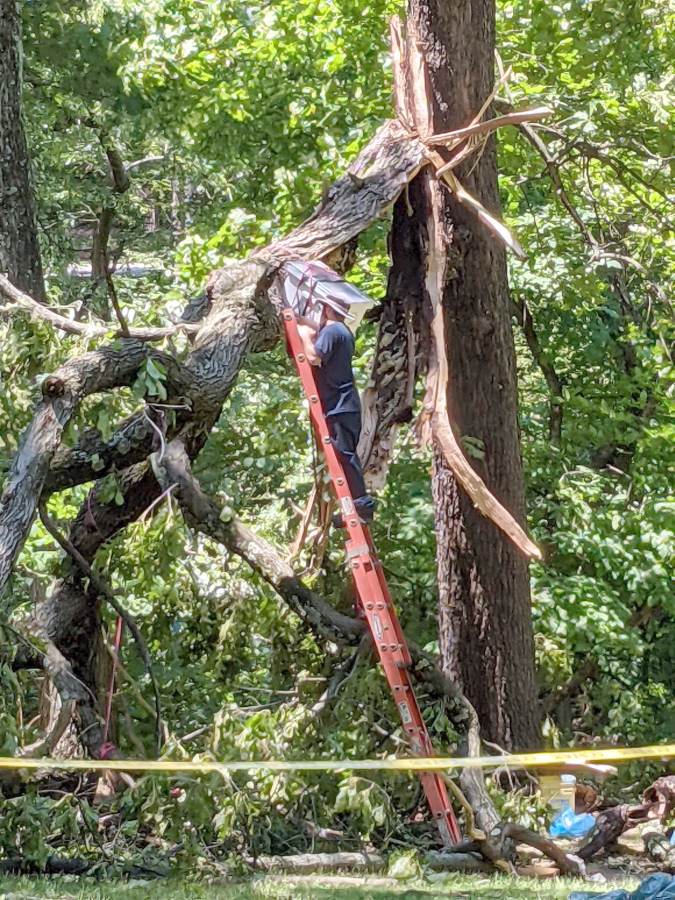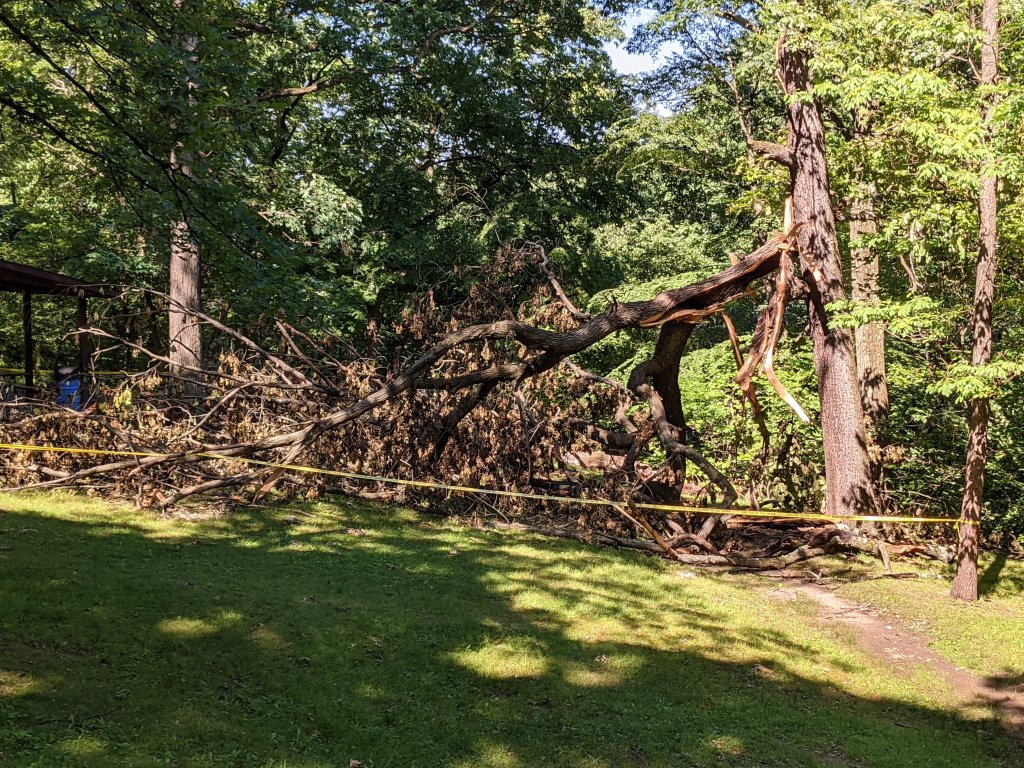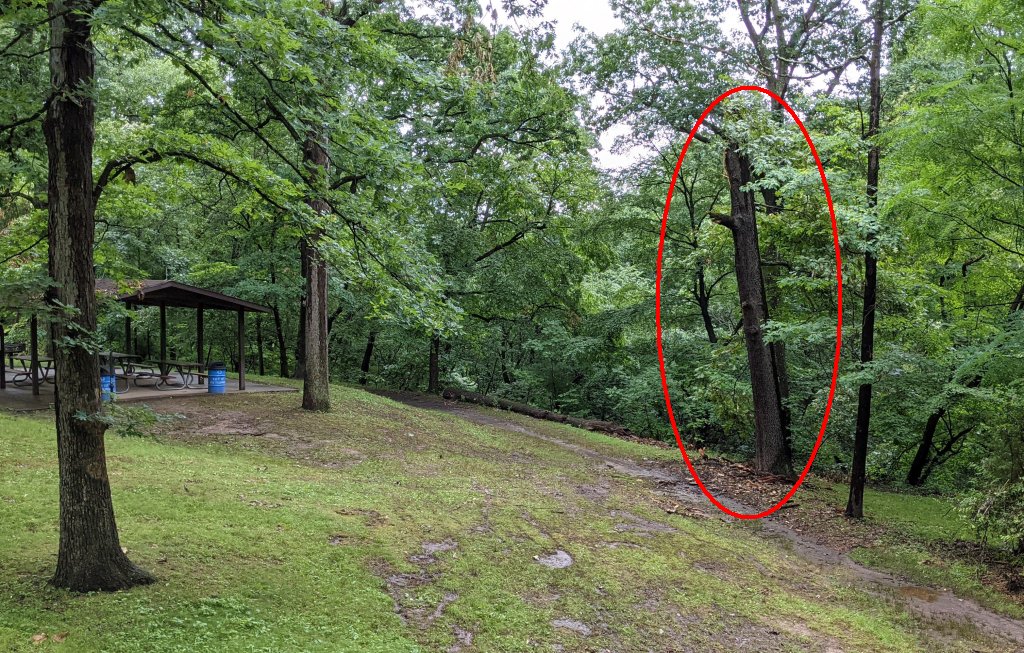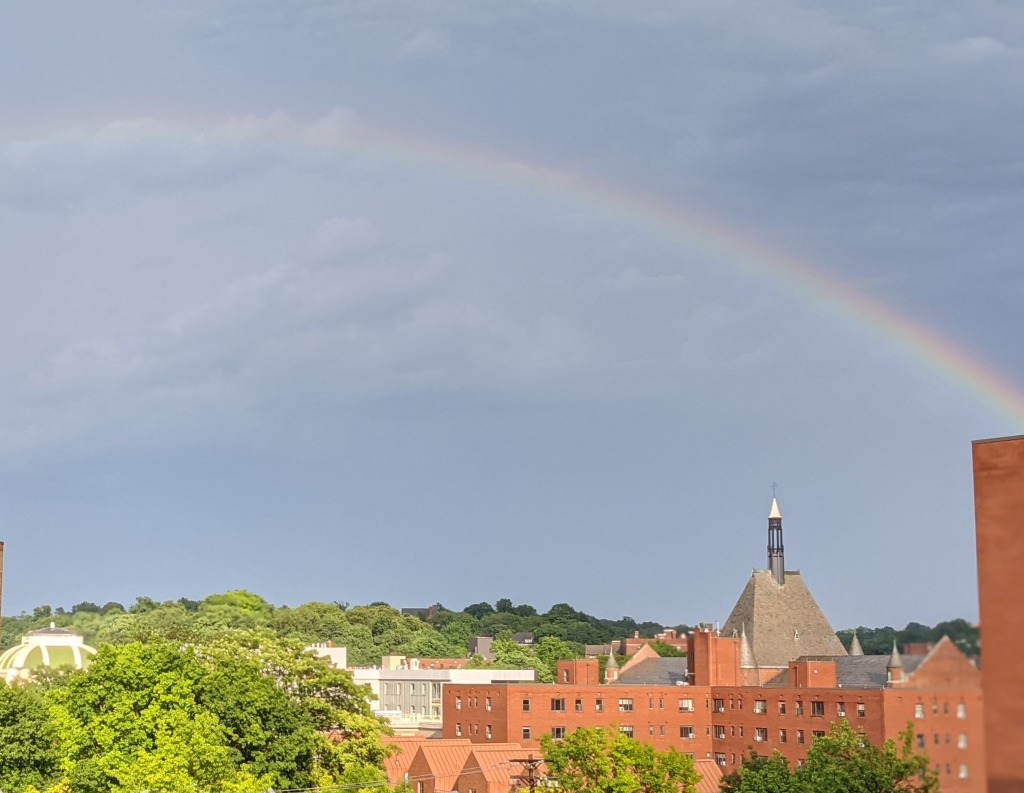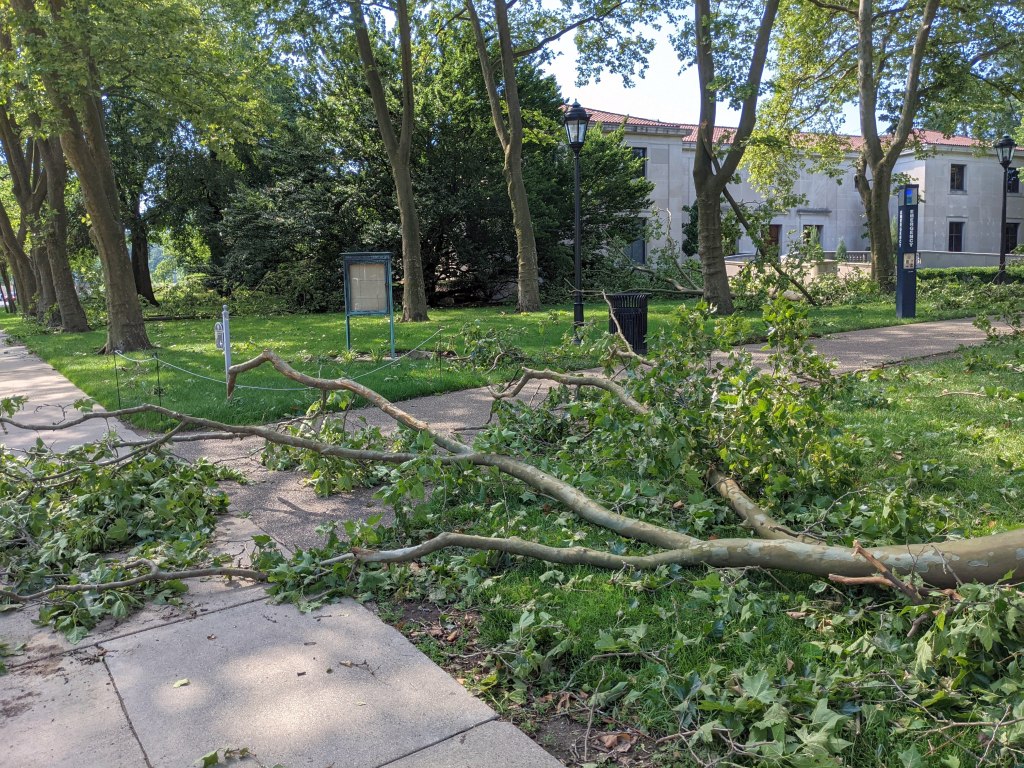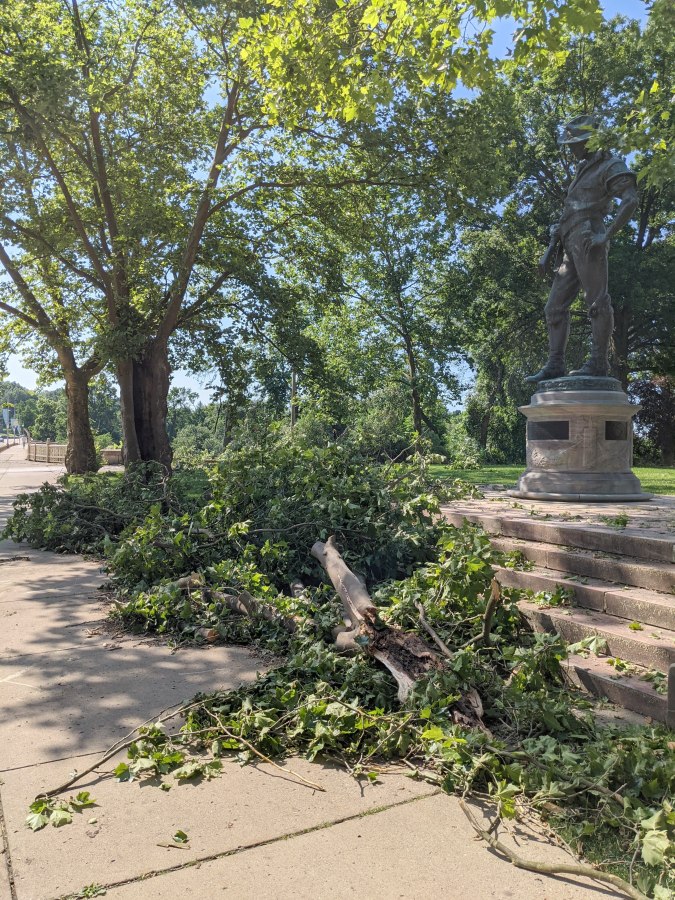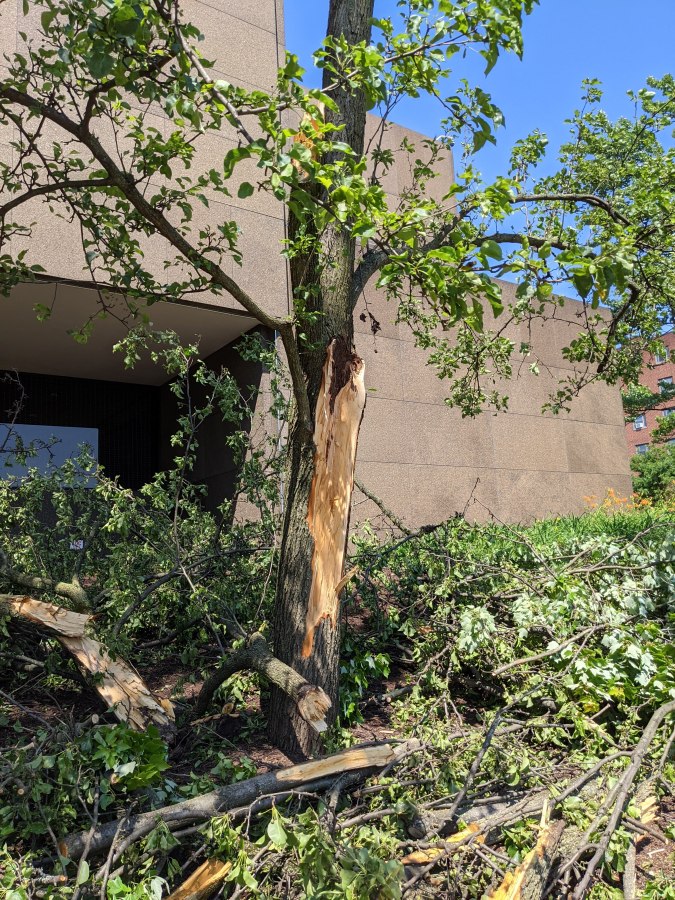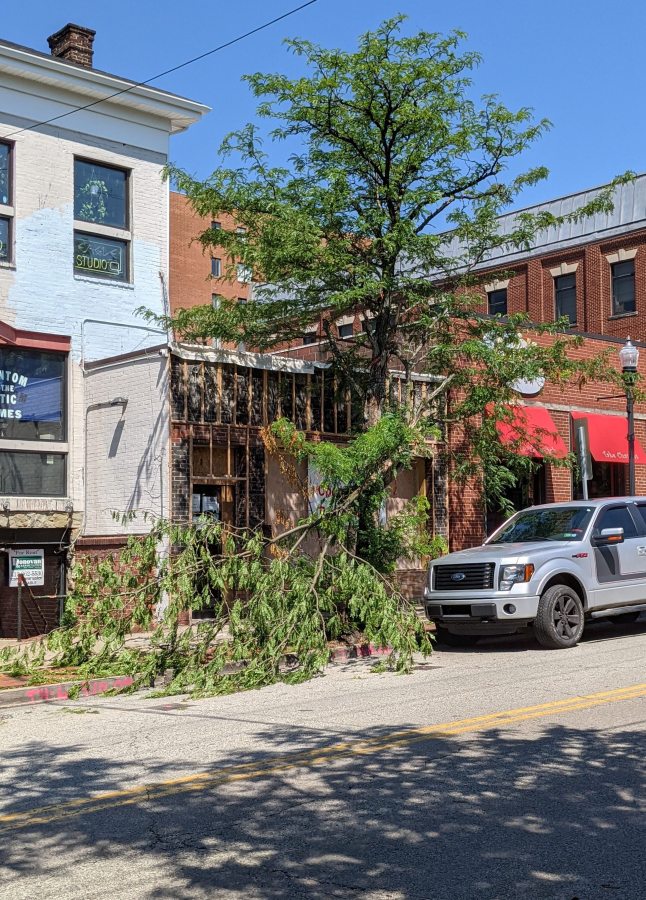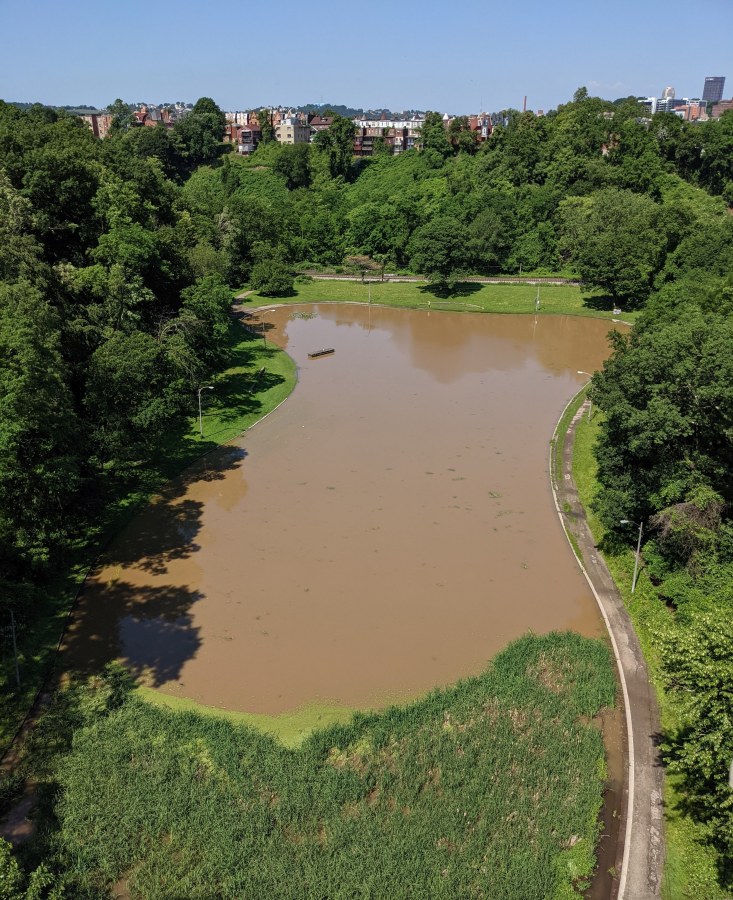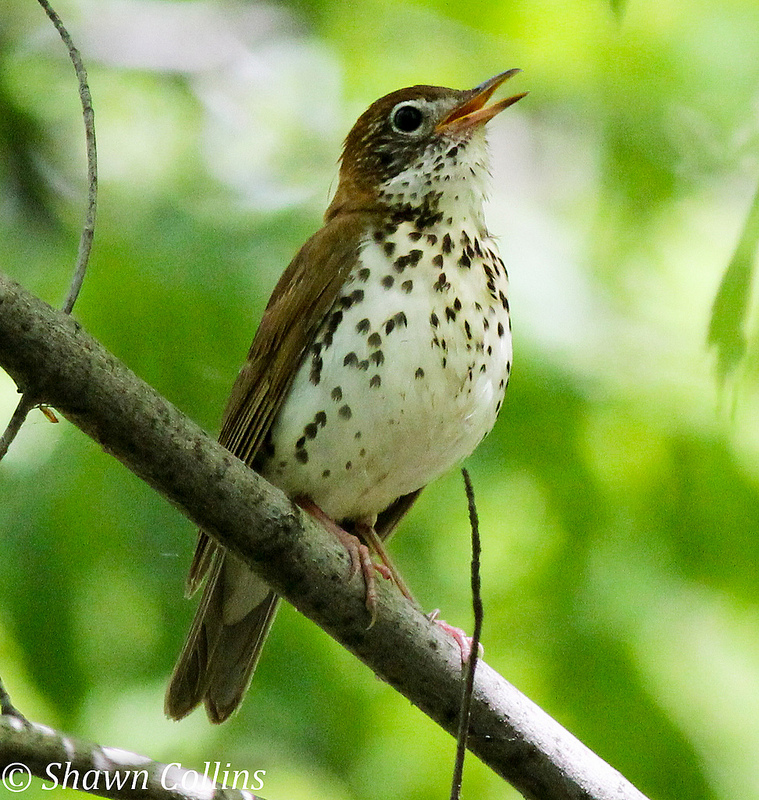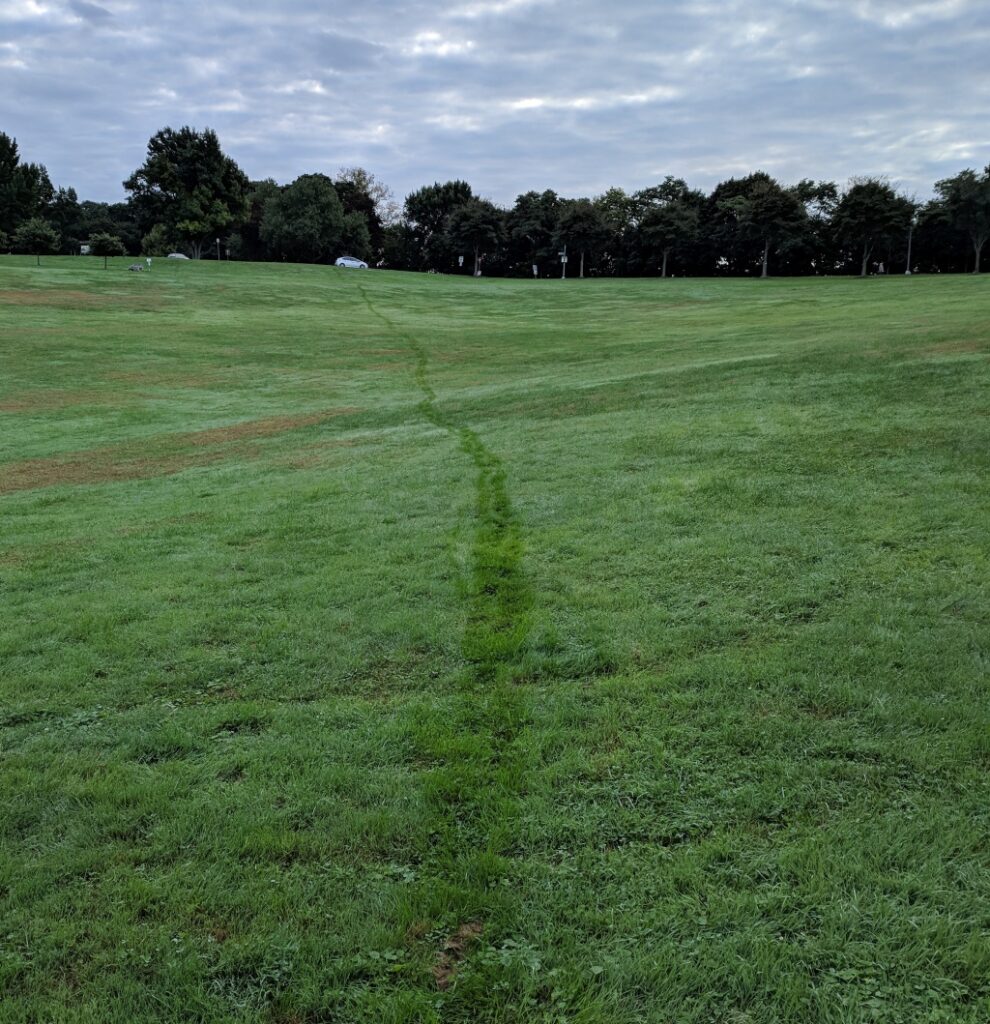
20 September 2021
Though it hasn’t felt like it lately, fall will arrive on the equinox this Wednesday at 3:21pm ET. With it will come cooler temperatures, morning dew and migrating thrushes. It’s a good time to be outdoors.
Join me for a bird & nature walk in Schenley Park on Sunday, 26 September 2021, 8:30a – 10:30a(*). We’ll meet at Bartlett Shelter on Bartlett Street. Note that Forbes and Fifth Avenues will be closed for the Pittsburgh Great Race so plan your route accordingly. See road closures times below.
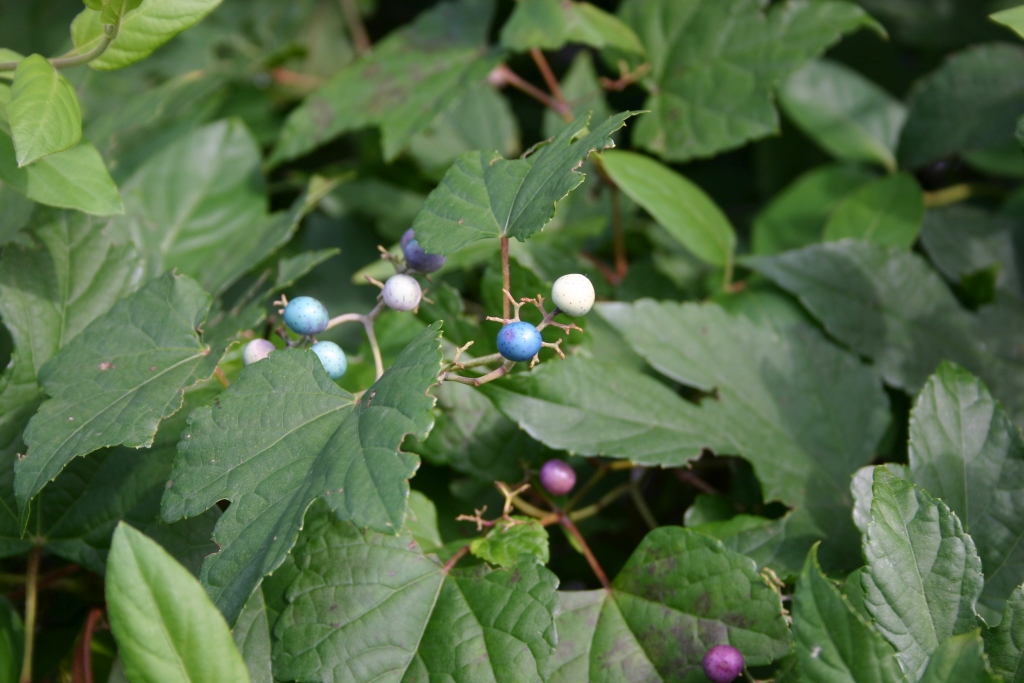
We’re sure to see blue jays, chipmunks, autumn flowers and fruits. I hope for at least one Swainson’s thrush, rose-breasted grosbeak or ruby-crowned kinglet, passing through the park on their way south.
Dress for the weather and wear comfortable walking shoes. Bring binoculars and field guides if you have them. NOTE that storm damage from Hurricane Ida is still present in the park though not as prevalent at the Bartlett end. Be prepared for some rough spots. A walking stick may be useful.
Visit my Events page before you come in case of changes or cancellations.
(*) If the birding is suddenly good at 10:30am we’ll have the option to continue to 11a.
(photos by Kate St. John)
Information on Great Race road closures — Squirrel Hill to Downtown — from OTMA
Congestion and Closures
Barricades will be set up throughout the city to clear the race route which stretches from Frick Park in Squirrel Hill along Forbes Avenue to Morewoood Avenue at Carnegie Mellon University’s campus, then onto Fifth Avenue through Oakland, and onto the Boulevard of the Allies and into downtown before finishing at Point State Park.
Approximate closure times are as follows:
- Zone A: Beechwood Blvd to intersection of Forbes & Morewood
Closed from approximately 8:30 a.m. to 10:00 a.m. - Zone B: Forbes & Morewood to intersection of Fifth & Bigelow Blvd
Closed from approximately 8:30 a.m. to 10:00 a.m. - Zone C: Fifth & Bigelow to Fifth & the ramp to the Blvd of the Allies
Closed from approximately 6:30 a.m. to 10:45 a.m. - Zone D: Fifth & Blvd of the Allies to Commonwealth Place & Liberty Ave
Closed from approximately 6:30 a.m. to 11:00 a.m.
In Oakland specifically, travelers and residents can expect to see barricades on Fifth Ave, Oakland Ave, Atwood St, and DeSoto St and crowds gathered near mile marker 3 and the 5K starting line. See map for detail.
In Squirrel Hill, travel will be restricted around the starting line on Beechwood Blvd with barricades prohibiting vehicle access at Beechwood & S Dallas, Beechwood & the Forbes connector, Beechwood & Darlington, and Beacon & Shaw.
